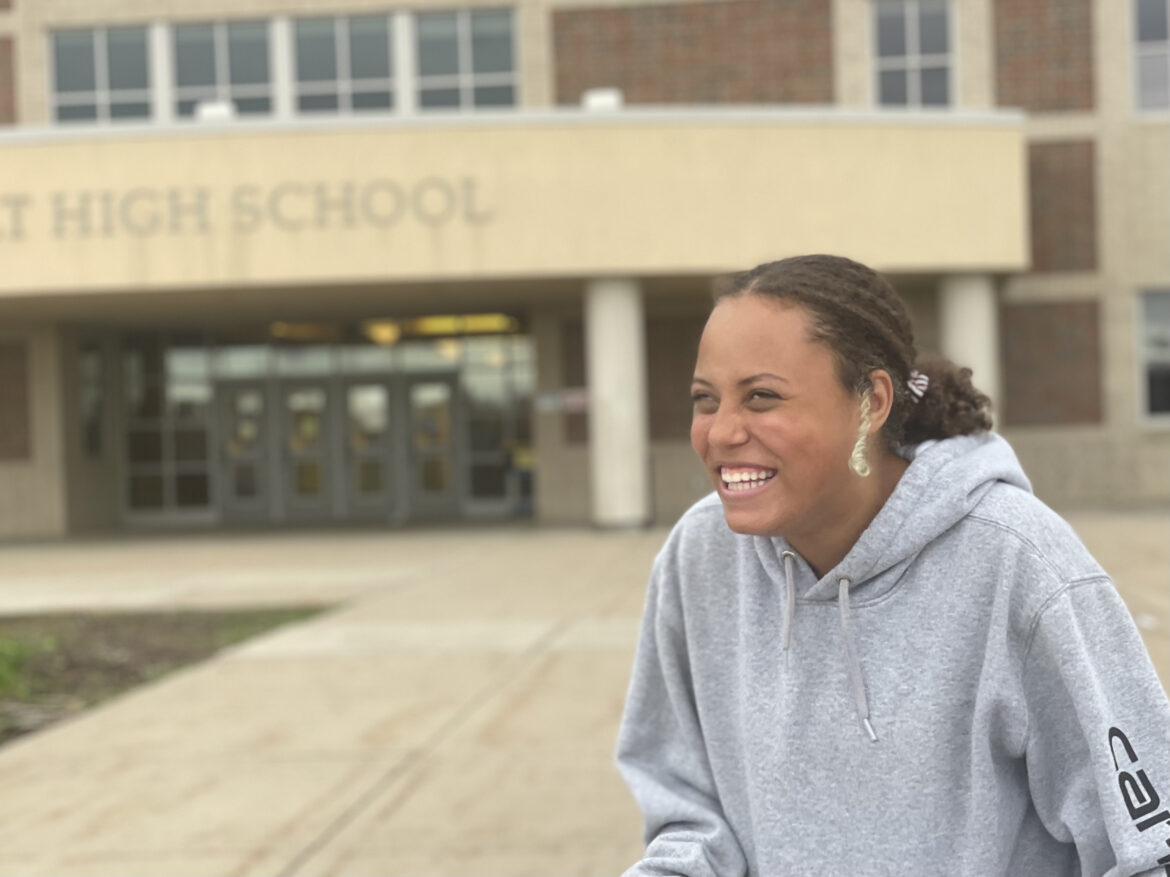After losing momentum during the pandemic, Holt High School’s Diversity Club launched into the new school year with a new vision.
The club was started four years ago as a social environment where students of color could get together and talk about issues that were common to them. The club is now adopting a focus on activism within the school.
“Since the death of George Floyd, our district has taken a different direction as far as our BIPOC population is concerned,” said faculty adviser and social studies teacher Robert Dozier IV. “We are now taking student voices to the streets. We’re applying an activism type of approach.”’
Dozier said the club has seen some resistance, from both adults outside the school and students in it.
“We’re not making any kids come here,” Dozier said. “The kids that come here for a diversity club, they want to talk about these issues and they want to be a part of this. We’re providing a space.”
Dozier said the lack of diversity in the high school’s faculty is an issue, especially since the student body has become more diverse. The school’s population of students of color is almost 40%, higher than the state’s average of 34%.
“You have maybe 1 or 2% of your teachers that are people of color,” he said. “We don’t have diversity. I’m one of the two BIPOC members of staff. I don’t know how you can say that nicely.”
Fellow faculty adviser and literacy specialist Karyn Hunt said the club has done educational activities in the past like going to African American museums and premieres of movies about race-related issues. It is now doing more activism-focused activities, like attending Black Lives Matter marches, conducting water drives for those affected by the Flint water crisis and holding assemblies about race-related issues.
“We had a large influx of kids thinking the N-word was OK to use,” Hunt said. “So they made some beautiful videos about the use of the word and what that means and how that feels.”
The club has also been working on writing letters to recruit teachers of color.
“We have two teachers of color in the whole building,” Hunt said. “It’s a giant missing piece.”
Aside from allowing students to become more active in their community, Hunt said this club provides a place of belonging for students of color.
“It’s a place for them to realize how important that they are to us — a place where they can have their feelings validated and talked about,” she said. “They know that their voices are important, and we’re hoping that we’re strengthening their ability to use their voice.”
Joy Williams, a sophomore and member of the club, said the lack of diversity among the staff can be uncomfortable.
“As someone of color, it’s hard to see,” Williams said. “You walk into a school, but you don’t see someone that looks like you.”
Williams is focusing her efforts on getting the police presence out of the school. There is an officer on site daily. She said that she takes issue with these police carrying guns and tasers in the building.
“They want school to feel like home, but I don’t have guns in my home,” Williams said.
Allowing students to focus on making direct changes has been effective, Dozier, the club’s faculty adviser, said. Notes from club meetings have made their way into professional development meetings for school staff.
“We’re having hard conversations in meetings and honestly listening to one another,” Williams said. “Teachers are there, but they let us speak. It’s not us listening to teachers, like in the classroom, it’s them listening to us.”
Williams has a clear goal for what she wants to see the club achieve in her remaining high school years.
“I want to see a more accepting community throughout the school, and it not being a taboo thing to talk about,” Williams said. “I’m not afraid to have hard conversations, that’s what I do. I speak for the voiceless until they can speak for themselves.”
